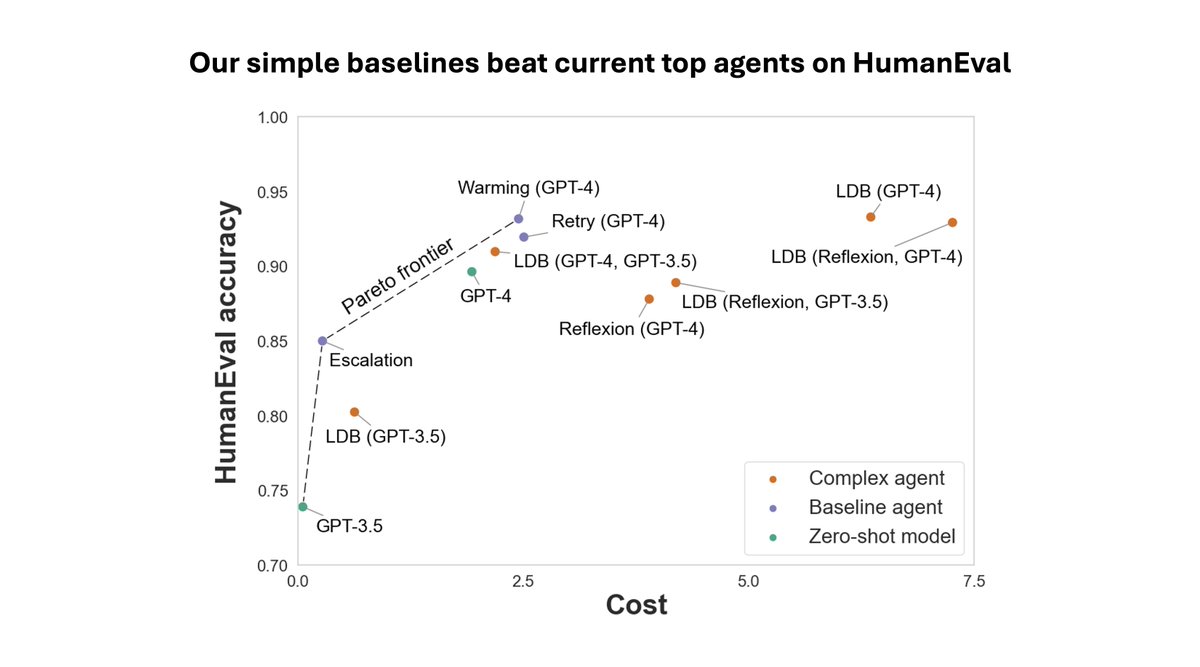I often criticize Twitter, but there are a few things I really appreciate about it, and one of them is threads. I think threads are a pretty cool way to write. Yes, it’s a form of lazy blogging, but I’ve found the laziness to be a virtue more often than it is a sin.
If you’ve tried blogging you know the feeling of staring at a blank page and searching for motivation to write with no idea of whether anyone will find your thoughts interesting. It’s much easier to write a tweet or two and decide to expand the thread if people are interested.
140 was a bit silly, but 280 is a decent length for a well crafted paragraph. Twitter forces me to practice making my text succinct, which has made me a better writer in general. That's great because I write for a living, like many others—even if we don't call ourselves writers.
True, Twitter tempts you to pander and perform. But a more positive aspect of the interactivity is incorporating prior responses in real time when building a thread, allowing the audience to steer it in an interesting direction. (See what I did there? 😉)
https://twitter.com/asheldorwin/status/1286772375975899136
• • •
Missing some Tweet in this thread? You can try to
force a refresh










